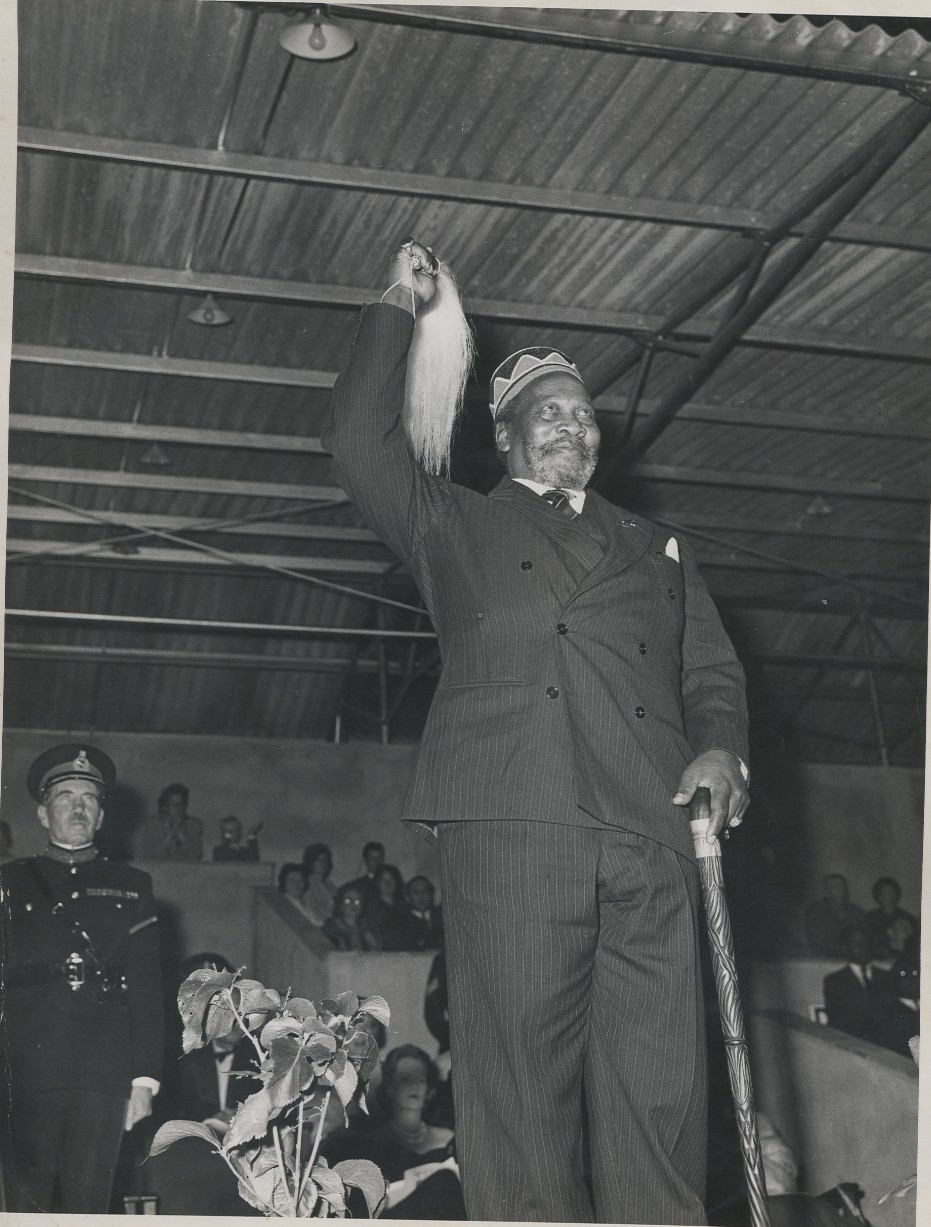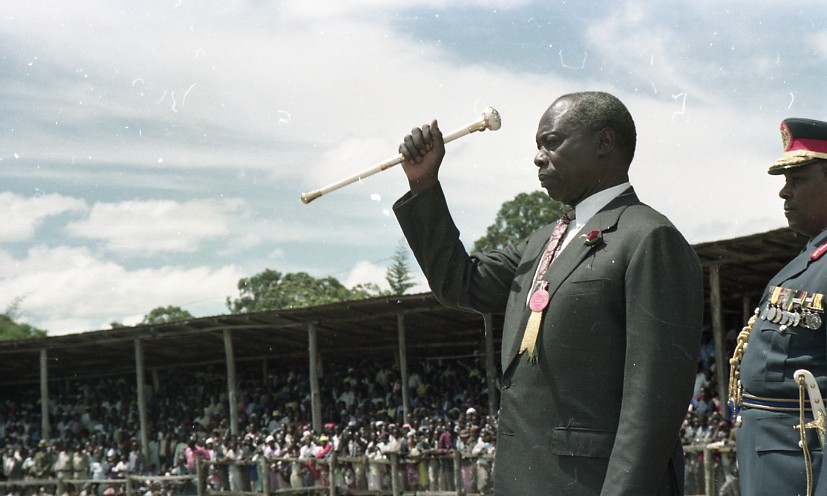In Kenya, the President is the Head of State and Government, as in most Republics. He is also the Commander-in-chief of the Kenya Defense Forces.
The President is the symbol of unity and the impact of the institution to the citizens is invaluable.
Kenya gained independence from the British colonial government in 1963. Kenya has had four Presidents with Mzee Jomo Kenyatta as its Founding Father after the country gained independence in 1963.. Mzee Kenyatta served as Prime Minister from 1st June 1963 when Kenya gained internal self-government. The country gained full independence on 12th December 1963. On 1st June 1964, Kenya became a Republic and Mzee Kenyatta was then sworn in as the first President. Mzee Kenyatta died in 1978 and was succeeded by President Daniel arap Moi who served in office until 2002 when he retired and handed over power to President Mwai Kibaki. President Kibaki served in office for the Conditionally allowed two terms and retired in 2012. The fourth and current Head of State and Government, President Uhuru Kenyatta, took over the office in 2002.
Since independence the office of President in Kenya has undergone fundamental changes in its character and extent of its powers. This has had great effect on, first, public authority and administration and, second, the socio-economic and political progression in Kenya.
According to the Independence Constitution of 1963, the Prime Minister was the Head of Government. The office was soon integrated with that of the outgoing colonial Governor to create a powerful Head of State and Government. Between 1966 and 1992, the presidency was beefed up by systematic constitutional amendments and constitutional practices that gave the office more powers.
From 1964, when the Kenya African Democratic Union (KADU) which was competing with the Kenya African National Union (KANU) that was led by Mzee Kenyatta folded up to merge with KANU, the country remained with a single party system of government until 1991.
By 1988, there was concerted pressure from opposition politicians, civil society, academia and the international community for reforms. This finally paid off in 1988 with reforms that included, inter alia, the restoration of security of tenure to superior court judges, the Attorney-General and other constitutional office holders. In 1991, section2A of the Constitution was repealed to allow the re-introduction of multi-party politics in Kenya.
From 1992 to 2002, other constitutional, statutory and political reforms were introduced that had a significant impact on the nature of the presidency and the exercise of public authority.
These reforms included
• limitation of the President’s tenure to two five-year terms
• repeal of presidential powers over security and declaration of emergency
• the creation of an independent electoral body
• and empowerment of Parliament by the establishment of the Parliamentary Service Commission (PSC).
In 2008 the National Accord and Reconciliation Act (NARA) created the office of the Prime Minister in the context of a power-sharing agreement on the basis of portfolio balance. It created the contested idea of a dual or semi-presidency and power-sharing between the Executive and Parliament through creation of the office of PM. As part of the agreement, the Grand Coalition Government committed to a timetable of constitutional, legislative, socio-economic and political reforms that paved way to realisation of the 2010 constitution
In the 2010 Constitution, there is departure from the dual executive of the power-sharing Grand Coalition Government. In contrast to the imperial presidency under the1969 Constitution, the presidency has been subjected to horizontal, vertical and normative checks and balances through -an independent and empowered bicameral Parliament; an independent and administratively empowered judiciary, commissions and independent offices; a devolved system of county governments; a restructured public service; and an empowered civil society.
Constitutional provisions
According to article 131 (1) Of the Kenya constitution the President--
(a) is the Head of State and Government;
(b) exercises the executive authority of the Republic, with the assistance of the Deputy President and Cabinet Secretaries;
(c) is the Commander-in-Chief of the Kenya Defence Forces;
(d) is the chairperson of the National Security Council; and
(e) is a symbol of national unity.
Excerpts from the constitution
The President shall--
(a) respect, uphold and safeguard this Constitution;
(b) Safeguard the sovereignty of the Republic;
(c) Promote and enhance the unity of the nation;
(d) promote respect for the diversity of the people and communities of Kenya; and
(e) Ensure the protection of human rights and fundamental freedoms and the rule of law.



